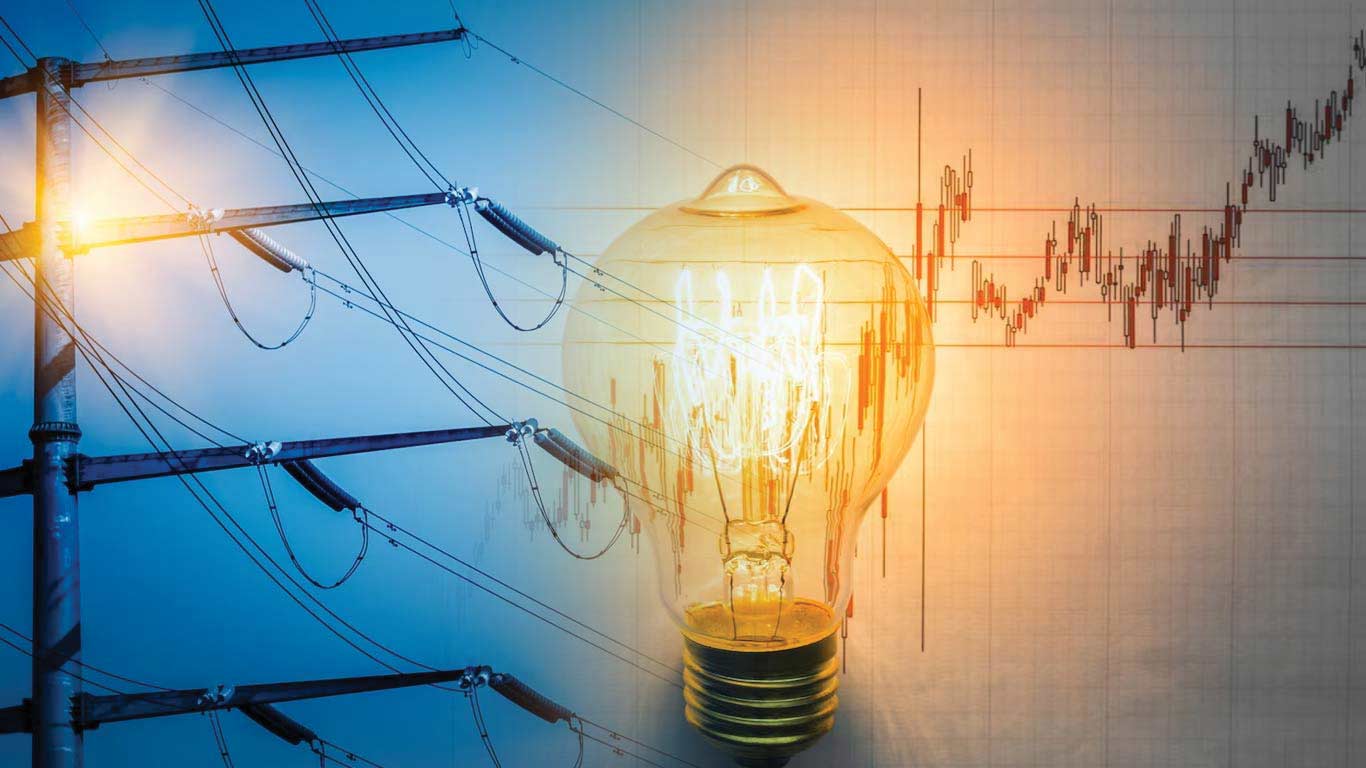By Data Centers
Copyright knnindia

New Delhi, Sep 18 (KNN) India is projected to become the second-largest consumer of electricity for data centres in the Asia-Pacific (APAC) region by 2030, according to a report by S&P Global.
This will place India ahead of countries like Japan and Australia in terms of data centre power demand, reflecting the rapid expansion of the country’s digital infrastructure sector.
Currently, data centres in India account for about 0.84 per cent of the country’s total electricity generation. By 2030, this share is expected to triple to 2.6 per cent, highlighting the increasing energy requirements of this industry.
In absolute terms, India’s data centre power consumption is expected to grow more than four times — from 13 terawatt-hours (TWh) in 2024 to 57 TWh by 2030.
This sharp rise indicates a fast-growing demand for cloud services, artificial intelligence, and digital storage, all of which require large-scale computing infrastructure.
This growth is being driven by a massive surge in investments in the sector. Over the past two years, global and domestic investors have committed nearly USD 32 billion to data centre projects in India.
Major technology companies, infrastructure firms, and real estate developers are partnering to build large data centre parks across key urban hubs.
Supportive government policies have further boosted this growth. Several state governments, including Maharashtra, Telangana, and Karnataka, have introduced dedicated data centre policies offering subsidies, tax incentives, and assured 24×7 electricity supply.
These measures have created a favourable environment for companies to invest and operate, positioning India as a major global data centre hub in the coming years.
If this trend continues, India will become a key player in the global digital economy, with its electricity demand from data centres second only to China by the end of the decade.



